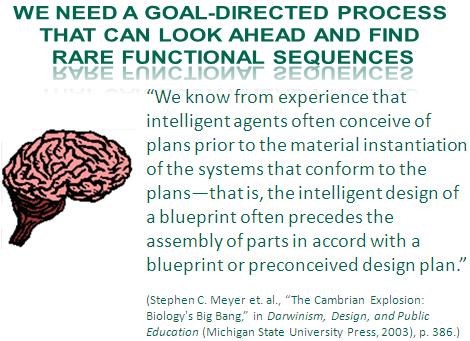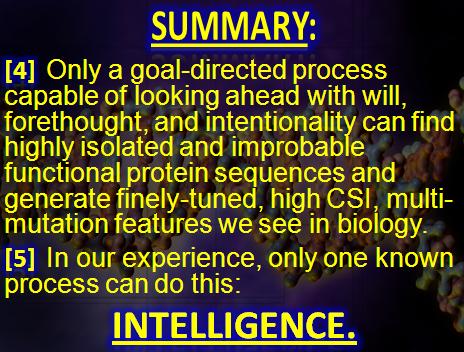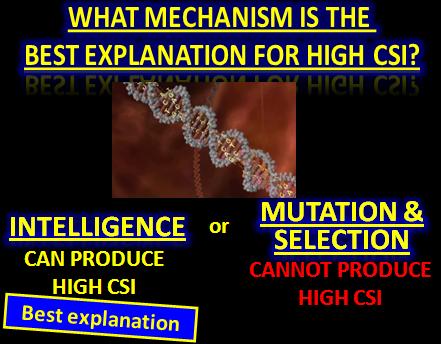 Evolution
Evolution
 Intelligent Design
Intelligent Design
Responding to the Challenge that Intelligent Design Lacks a “Mechanism”

Apart from the occasional mutation, we often think of the information in DNA as static, like a read-only CD-ROM. Epigenetics has overturned this idea, but as ENV noted earlier, some scientists are finding they can make DNA more like a rewritable CD-RW. According to an article in Nature News, “Synthetic biologists have long sought to devise biological data-storage systems because they could be useful in a variety of applications, and because data storage will be a fundamental function of the digital circuits that the field hopes to create in cells.” And they have succeeded in doing just that, as “Researchers have encoded a form of rewritable memory into DNA.” The article explains that after being engineered by biologists, “DNA can be programmed to act as a biological data-storage device” where the DNA “can be erased and encoded with a new memory state, as is done in everyday devices such as personal computers.”
Aside from the ID-friendly implications of this research we already pointed out, there’s another point to be made here. Last month I spoke at the University of Arkansas, and during the Q&A, a skeptic complained that ID theory lacks a “mechanism.” I explained that intelligent agency itself functions in that role, serving as a known cause / mechanism which produces high levels of complex and specified information (CSI).
Here are some of the concluding slides from my talk:






Intelligent agency, therefore, is a mechanism which we can observe and understand in the world around us, and from those observations we know it alone is capable of producing high CSI. But the skeptic wasn’t satisfied with this argument. He insisted what ID lacks is a mechanism that, at the direction of an intelligent agent, could be capable of instantiating information, or design, in the real world. As we spoke after the talk, I asked him, “Why should it be so hard to believe that intelligent agents can implement their designs in the real world? After all, we see intelligent agents manipulating the information in DNA all the time.”
As the skeptic was a philosopher, he was apparently unaware of the burgeoning field of genetic engineering, where biologists manipulate the information in DNA to produce new biological functions.
Unfortunately, this hardened ID critic was probably still not convinced after I explained that it’s easy to believe intelligent agents might have ways of implementing their designs in the natural world — since we see it happening, reported in the scientific literature on a regular basis. This new research discussed in Nature News shows exactly how intelligent agents can manipulate information in DNA to create new structures and functions. There is no reason, in principle, why an intelligent agency must lack a mechanism for implementing designs in the natural world.
Image credit: “Drops on CD-ROM,” RW PhotoBug/Flickr.
